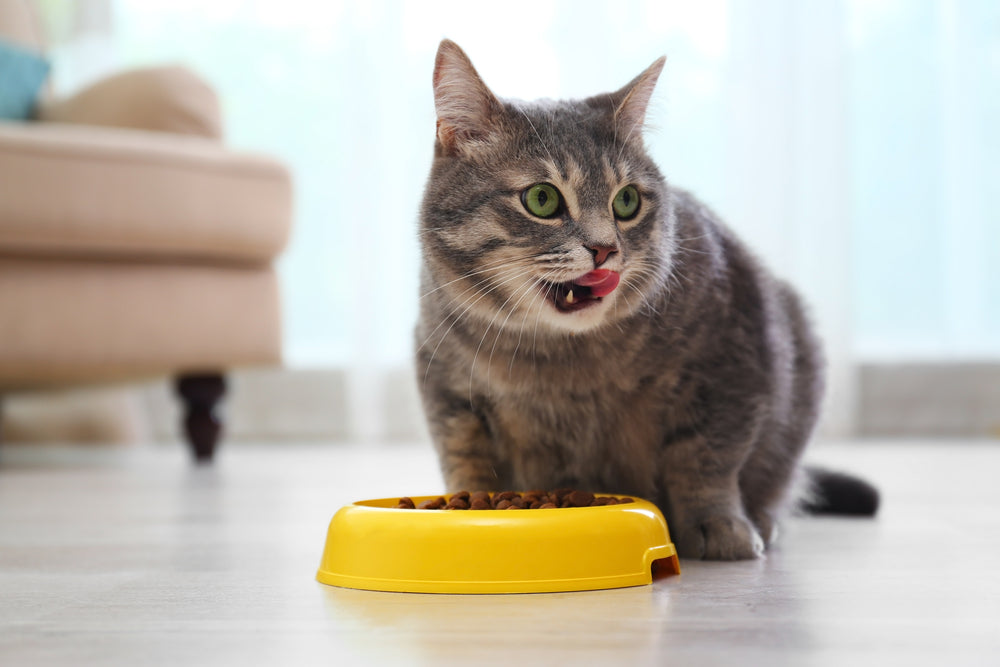Keeping Pets Safe During Natural Disasters

While most of us would enjoy having perfectly sunny weather, with fresh breezes caressing our faces throughout the day, weather takes on many forms. Whether you live in tornado valley, earthquake central or hurricane island, every region of the world can find itself contending with Mother Nature. Inclement weather can strike at any time, without warning so it’s imperative to have a plan in place to ensure that not only you are safe, but that your pets are safe and sound as well.
Emergencies come in many forms, and they may require anything from a brief absence from your home to permanent evacuation.1
The worst thing you can do as a pet parent is wait until the last minute to devise a plan of evacuation, yet so many people do this very thing, which only adds more unnecessary stress to an already stressful environment. It’s never too early to prepare a natural disaster evacuation kit for your family and pets. Whatever you do, please do not leave your pets behind to fend for themselves. Our four-legged friends rely on us for their overall well-being and need our unconditional love. With a little patience and proactive planning, you and your pets will be ready to brave the most severe elements.
Follow these natural disaster pet safety tips so that you and your furry pals are out of harm’s way.
Location, Location, Location:
1. Every geographic area is prone to hurricanes, tornadoes, earthquakes and various other elements. Depending on where you live, your evacuation and readiness plan will need to be adjusted for those specific natural catastrophes.
2. Determine ahead of time which rooms will serve as safe havens. Be sure these rooms are clear of hazards, including windows and flying debris.
3. Be sure you have access to a fresh water supply. If you’re in an area that loses electricity, you’ll want to make sure that you’ve filled your bathtubs and sinks in advance, as that may be your only water supply.
4. Should flooding occur, you must go to the highest location in your home. Or a room that has access to counters or high shelves where your animals can take shelter.
The best thing you can do for yourself and your pets is to be prepared.1
Evacuation Mode:
1. Be sure your pet is wearing a visible collar and tag with up-to-date identification. It’s important that your pet’s information, including his name, telephone number and medical needs be listed on his tags.
2. The ASPCA advises that you microchip your pet as it is more permanent and can be scanned at most animal shelters.
3. Bring your pet indoors during the initial storm or disaster as he can become disoriented and wander away from home during this stressful event.
4. Arrange to have your pet boarded ahead of the storm warnings, in an area that’s outside of the disaster area.
Whatever you do, please DO NOT LEAVE YOUR PETS BEHIND.
For more natural disaster readiness tips and best practices, check out the below link:
Previous article

Next article

Related posts
View all-

Wet Vs. Dry Cat Food: Which is Better?
As a caring cat owner, you always want the best for your furry friend, especially with their food. You typically have two choices: dry cat food in a bag or canned wet food. Whether you've just brought home a new kitty or are looking to transition to a new food, the decision process can be overwhelming, and understanding the impact of each on your cat's diet is essential. Read Article -

Celebrate National Pet Week: Fun Ideas to Celebrate with Your Pet
National Pet Week is right around the corner, so it's time to plan how you're going to celebrate! While we're sure you celebrate your pet all day every day... Read Article -

5 Simple Tips to Make Sure Your Cat Drinks Enough Water
Ensuring your cat stays hydrated is important, but it can be challenging since many cats don't drink enough water. Dehydration can lead to kidney disease and other health issues. Fortunately, you can encourage your cat to drink more with a few simple changes. Read Article



